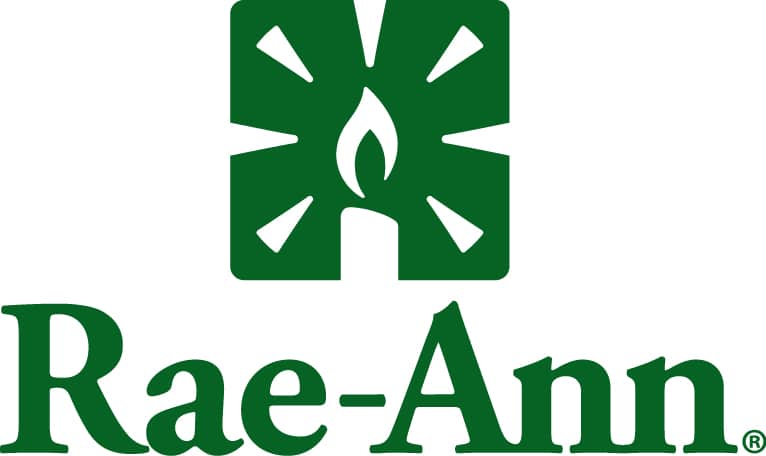As we enter the second tax season since the Tax Cuts and Jobs Act of 2017 (TCJA) went into effect, a tax deduction, 199a, that was created for owners of pass-through businesses remains one of the most popular features of the law, despite being extremely complex.
Pass-through businesses include S Corporations, limited liability companies, partnerships, and sole proprietorships. The profits or losses from these businesses “pass through” to their owners and are reported on the owners’ personal income tax returns. They are also sometimes called “flow-through” businesses.
The vast majority of businesses in the U.S. are pass-through entities as opposed to corporations, and Congress included the 199a deduction in the TCJA to level the playing field between the two types of businesses. Since the new tax law reduced the maximum tax rate for corporations to 21 percent (from the former high of 35 percent), owners of pass-through businesses wanted some comparable tax relief. Hence, the 199a deduction.
The 199a deduction allows owners of pass-through entities a 20 percent deduction off qualified business income (QBI). The TCJA defines QBI as ordinary income that does not include capital gains, dividends and interest, annuity payments, foreign currency gains, reasonable compensation, or guaranteed payments to a partner for services rendered.
Though it sounds simple, the 199a deduction is extremely complex due to the methodologies available to calculate it. The deduction can be calculated as the lesser of:
- 20 percent of the QBI from the taxpayer’s trade or business, OR the greater of:
- 50 percent of the total W-2 wages the business paid to all employees, or
- 25 percent of the W-2 wages, plus 2.5 percent of the original acquisition cost of the business’ real and tangible property
For business owners and tax advisors, the 2019 tax season was a trial by fire, as each methodology had to be tested to determine which one yielded the greatest benefit for each taxpayer. Add to that the fact that many business owners have multiple Schedule K-1s (the form that reports a business owner’s or partner’s income), and the complexity only grows. Now that one tax season is complete, most business owners and tax advisors are more familiar with which methodology produces the greatest tax benefit.
Expected entity changes didn’t materialize
Tax advisors anticipated many pass-through business owners and partners would want to convert to corporations because of the deeper cut in tax rates for corporations, but that wave of entity structure changes never materialized.
Test tax returns were run for several taxpayers to determine if a change in entity structure would benefit them and showed even at the highest personal tax rates, owners of S Corporations realized a blended rate of about 29.6 percent once the 199a deduction was factored in. The difference between that and the C Corporation rate of 21 percent did not justify the change for them. Business owners are happy with the 199a deduction as it is an effective offset to the tax rate cuts for corporations.
Impact on individual business owners
Like many provisions of the tax code, the 199a deduction can have unforeseen impacts on tax planning for individual business owners. For instance, when it comes to retirement savings, if your income on the Schedule C is $100,000, and the 199a tax deduction backs it down to $80,000, your retirement plan deferral is made on a lesser amount of income. If you’re maxing out your deferral, this costs you in terms of retirement savings. Discussions with your tax advisor and financial planner can help you figure out how to mitigate these issues and get the maximum tax benefits possible for your situation.
There are many additional intricacies of 199a that are beyond the scope of this article. If you have questions about the impact of the 199a tax deduction on your taxes, please contact our tax advisors.
Related Insights
Featured Post

Featured Client Testimonials
BW is a true partner to us. Their knowledge, expertise, and service are a valuable resource to us and play an important role in our success!
John Allen - Vice President of Finance, Kaufman Container

Featured Client Testimonials
I appreciate the exceptional tax advice we received over the years. The (BW team) has a good grasp of our business needs. Thank you for your excellent service.
John Griffiths - Owner, Rae Ann, Inc.

Featured Client Testimonials
Barnes Wendling has been our company accountants for over seven years. Their knowledge has been instrumental in helping us grow strategically during this time. And although we’ve seen many changes in our economy that we cannot control, we’ve always been able to trust the Barnes team to be by our side. The Barnes team feels like family. We can’t thank them enough for their support!
Christine Kloss - Controller, AT&F

Featured Client Testimonials
Barnes Wendling has been our company accountants for over 15 years. During this time, the business has grown exceptionally, and Barnes has kept pace, providing accurate, quality advice. Our finances are more efficient than ever, and the expense of hiring Barnes has been a definite positive add to our bottom line. I give my highest recommendation to their firm.
David Miller, MD - President, Retina Associates of Cleveland

Featured Client Testimonials
Barnes Wendling has provided us guidance and recommendations that have strategically helped strengthen our business and position ourselves for growth. We needed to hire a new VP of Finance and Controller this past year, and they were instrumental in helping us find the best candidates for our company.
Sara Blankenship - President, Kaufman Container

Featured Client Testimonials
We value the trust, accuracy of information, and reliability of Barnes Wendling and Mike Essenmacher personally. Mike has been instrumental as a trusted advisor on accounting, tax, and personnel issues. His advice is always accurate, and he is very reliable. His associates are also very talented.
Dominic Ozanne - President and CEO, Ozanne Construction Company

Featured Client Testimonials
We value Barnes Wendling’s expertise with all things accounting so we can operate our business using our strengths and allowing them to be our experts. They have also brought me a few business sale opportunities to allow me to grow my assets.
John Gaydosh - President and Metallurgical Engineer, Ohio Metallurgical Service

Featured Client Testimonials
Barnes Wendling (especially Lena) did a great job with our financials. Everything. It is extremely refreshing and comforting to know that all of our numbers are not only correct, but they are in the right place(s). Your diligence and reporting truly does make me (personally) feel better.
Thomas Adomaitis - Controller, Bialosky Cleveland

Featured Client Testimonials
I can wholeheartedly tell you that I have yet to work with an audit or tax team that have been more helpful, easy to work with, and committed than the team at Barnes Wendling- I have been through three different firms in the last few years.
Michelle Saylor, Former Controller, Aero Mag

Featured Client Testimonials
Floyd Trouten at Barnes Wendling CPAs is an “expert’s expert” when it comes to M & A accounting. Not only does he understand the evolving details of the Tax Code but he also sees the fine points of their application for owners, managers, investors, and financiers.
Mark A. Filippell, Western Reserve Partners

Featured Client Testimonials
The service is amazing at Barnes Wendling CPAs. The benefit is worth more than the cost. Sometimes it’s true that you get what you pay for.
Mark Boucher - Former Owner, Castle Heating & Air









